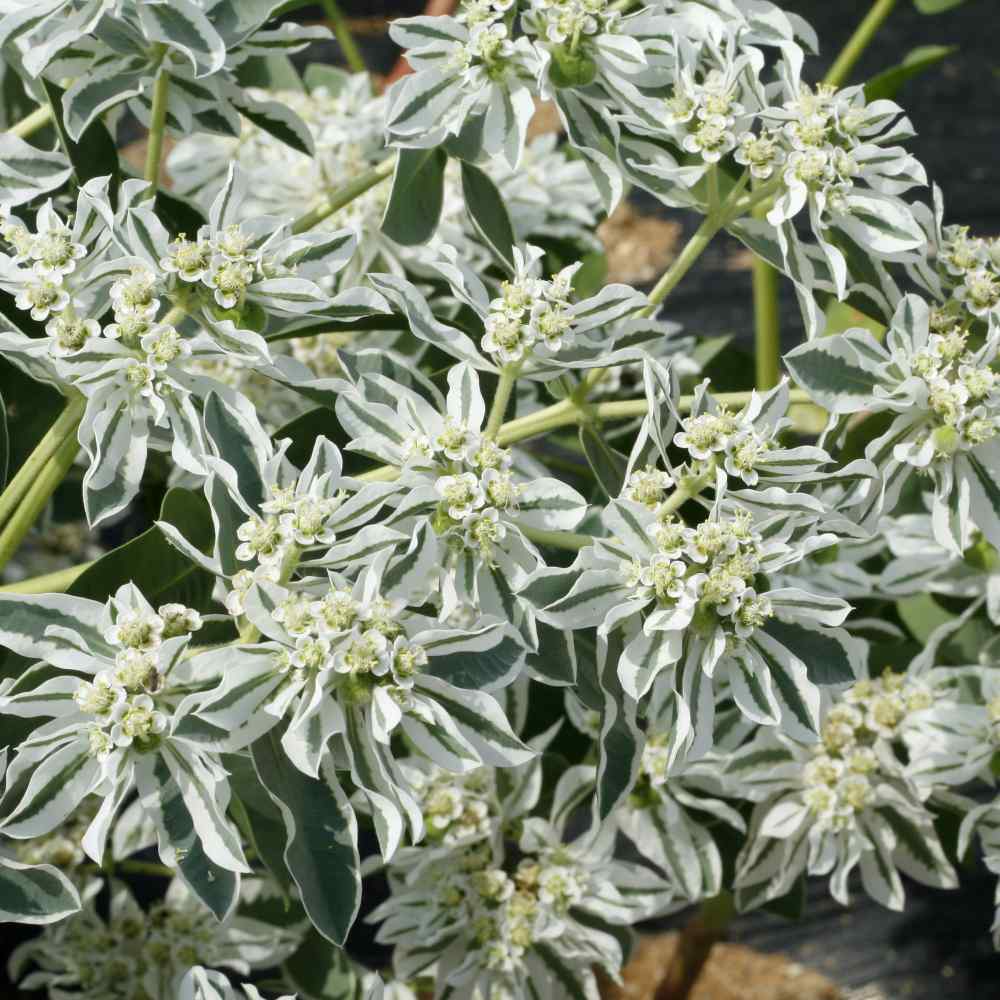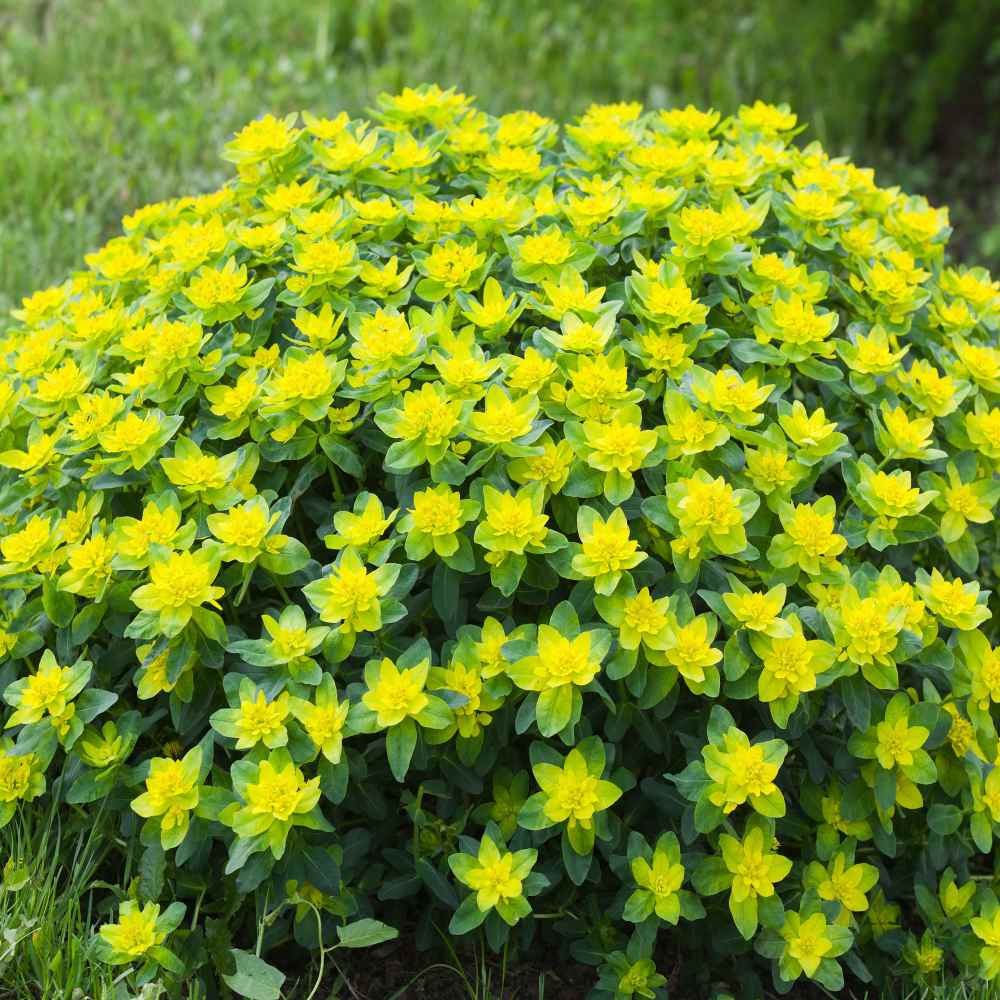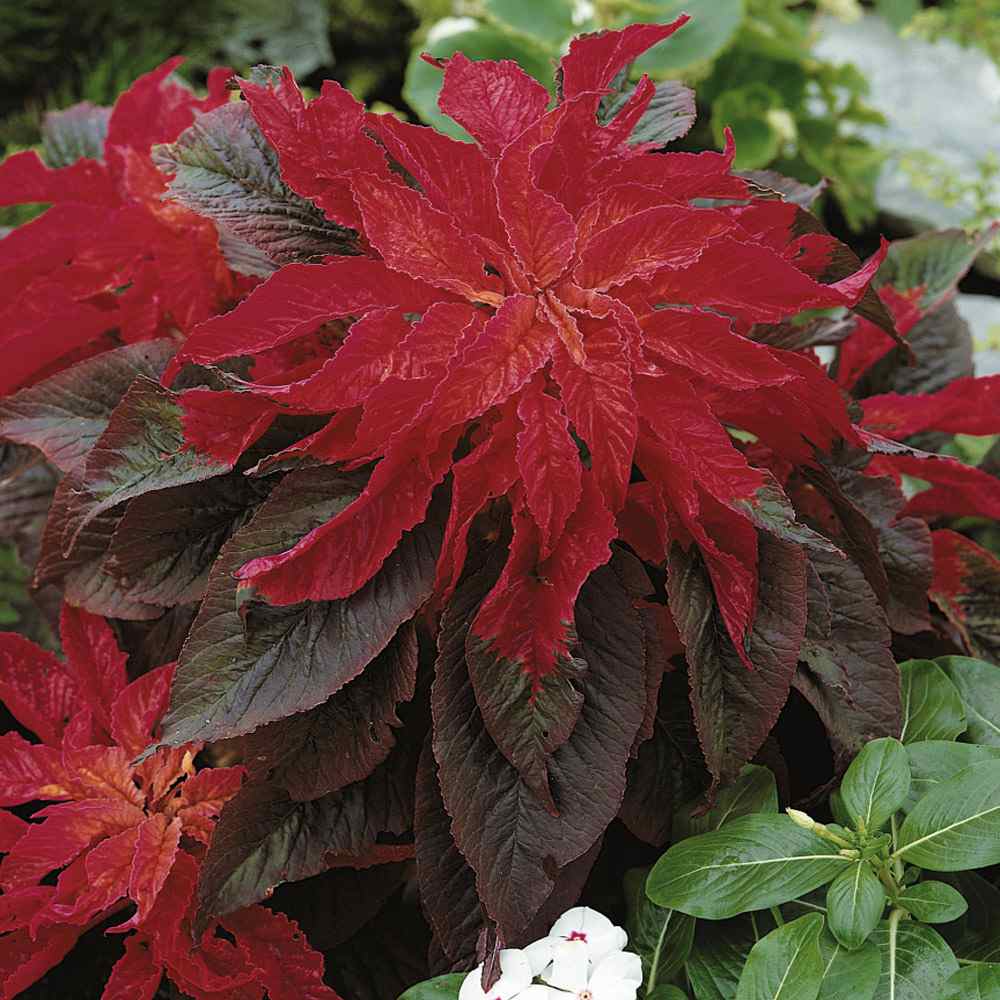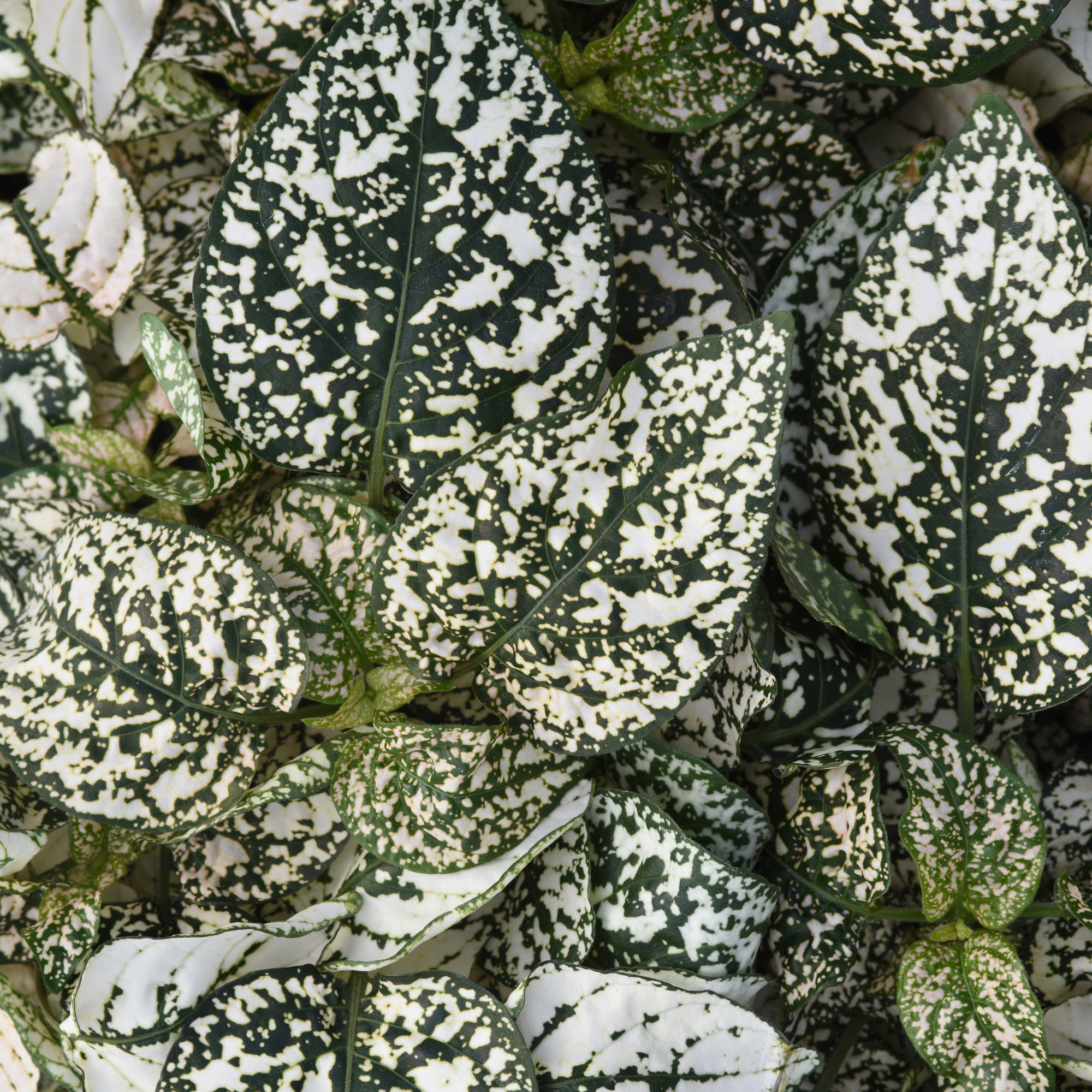
Euphorbia Planting and Care Guide
Quick Facts About Euphorbia
Euphorbia is a popular foliage plant that can be grown in most of the United States. These plants are grown for their attractive leaves, which can appear in various colors depending on the specific variety.
Planting Time
Euphorbia can be started directly outdoors after all frost danger has passed, or indoors 6-8 weeks before the last expected frost.

Planting Location
Grow Euphorbia in an area of full sun (it can also tolerate partial shade) in average to poor soil that drains well.
How to Grow Euphorbia
- While not required, nicking the seeds or soaking them overnight can speed up germination.
- If starting indoors, sow seeds into trays or small pots filled with a quality seed starter mix.
- If sowing directly outdoors, first prepare a seedbed by removing weeds and breaking up soil.
- For Euphorbia Early Snow, sow 5-6 seeds per plant at a depth of 1/4 inch. For Euphorbia Cushion Spurge, surface sow 3 seeds per plant, then press into soil.
- Keep seeds moist and at a temperature of 65-70F degrees until germination. Under proper conditions, Euphorbia Early Snow should germinate in 1-2 weeks (although it may be more erratic) and Euphorbia Cushion Spurge can germinate in anywhere from 2-8 weeks.
- Once indoor seedlings have a few sets of true leaves, thin to the strongest seedling and transplant outdoors 18-24 inches apart, or into larger containers.
- Before transplanting seedlings into the garden, it's essential to "harden them off". This involves acclimating young plants to outdoor conditions by placing them in a sheltered outdoor area for about a week. Initially, shield them from strong winds and direct sunlight. If there's a risk of frost overnight, either cover the plants or bring them indoors, then return them outside in the morning. This hardening off method helps strengthen the plant's cell structure, minimizing transplant shock and sun damage.

Care And Maintenance
- Keep weeds under control during the growing season. Weeds compete with plants for water, space and nutrients, so control them by either cultivating often or use a mulch to prevent their seeds from germinating.
- Mulches play a vital role in preserving soil moisture and ensuring consistent soil temperatures. When it comes to annuals, using organic mulch made from shredded leaves not only enhances the appearance of the bed but also enriches the soil as it decomposes over time. Remember to keep mulch away from the plant stems to avoid potential rot issues.
- Euphorbia should be watered regularly, especially during dry spells, but take care not to waterlog these plants.
- Fertilization is largely unnecessary. If soil is poor, apply a balanced slow-release fertilizer at the time of transplanting.
- Euphorbia plants contain a toxic, milky sap, and gloves should be worn when cutting. They also grow enthusiastically, and should be trimmed as necessary. For Euphorbia Cushion Spurge, cut plant back by 1/3 after flowering is complete.




































